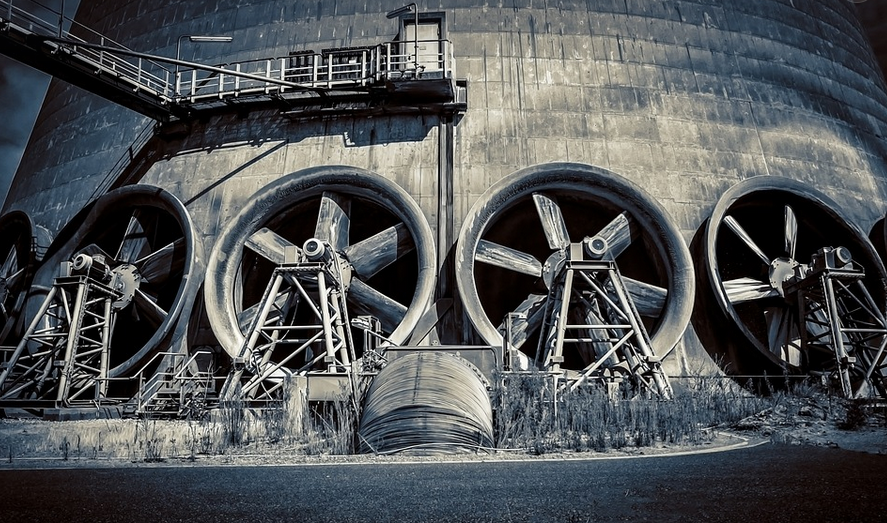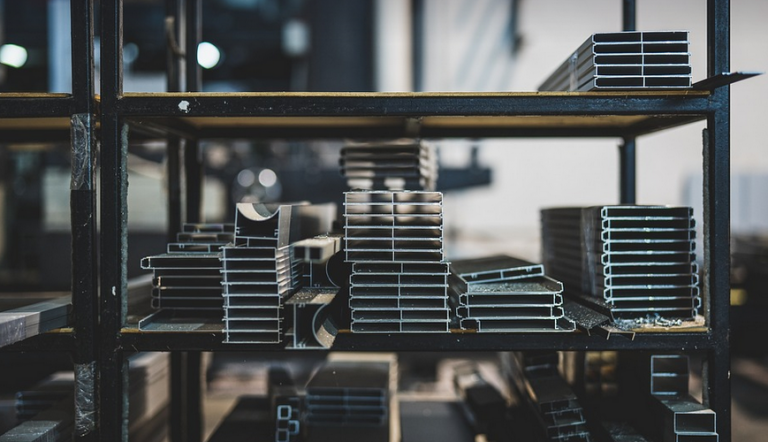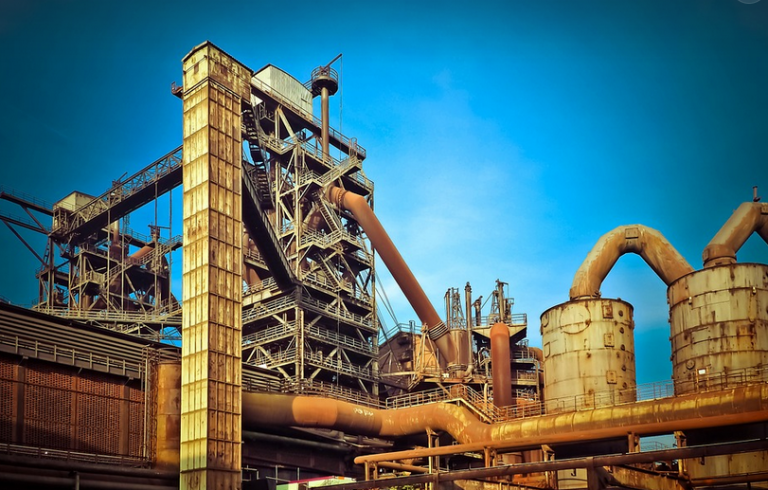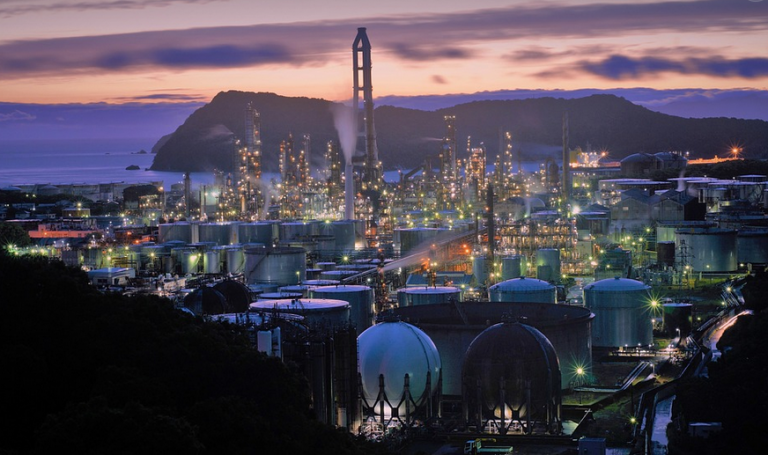
Unveiling the Science Behind Controlled Rate Freezing
Controlled rate freezing, also known as controlled cooling, is a crucial process in various industries where preserving food quality and product consistency are paramount. It involves carefully manipulating the temperature of materials to prevent unwanted reactions and ensure optimal results. In essence, it’s about slowing down the transition from a liquid state to a solid state at a steady rate.
The magic behind controlled rate freezing lies in understanding how temperature affects molecules. When you cool something down rapidly, molecules get pushed toward their fixed positions. This can cause unwanted stresses and damage within the material being frozen. However, by controlling the cooling process at a slower pace, we can effectively slow down the movement of these molecules, resulting in less stress and ultimately better product quality.
This controlled rate freezing apparatus employs specialized equipment that allows for precise control over temperature changes. The foundation of this technology is the ability to maintain a steady and consistent cooling rate. In simpler terms, imagine you’re trying to chill a glass of water down to room temperature. If you simply put it in the freezer without any regulation, the ice may form unevenly or even on some parts of the glass before all the water turns cold.
What if we could control how fast the coldness reaches that glass? Instead of having an arbitrary temperature drop, there’s a gradual and consistent cooling process. That is exactly what controlled rate freezing apparatus does. By carefully controlling the flow of cool air or using specialized cooling mechanisms, they ensure the material being frozen cools down slowly and evenly.
Benefits of Controlled Rate Freezing
The use of controlled rate freezing apparatus brings a host of benefits to various industries.
**Enhanced Food Quality:** One significant advantage is the ability to preserve food quality. Rapid freezing often leads to ice crystals forming, which can negatively affect texture, flavor, and overall appearance. Controlled rate freezing helps prevent this by ensuring the food freezes at a gradual rate, allowing for better cell structure preservation.
**Improved Product Consistency:** The slow cooling process also contributes to consistent product quality. A uniform freeze allows for greater control over various aspects of the frozen product, such as size, shape, and texture. This consistency ensures that every piece of the final product is identical, which is especially important in industries where uniformity is essential.
**Reduced Damage:** By avoiding rapid temperature changes, controlled rate freezing minimizes damage to the material being frozen. It prevents unwanted stresses from forming within the material, reducing the potential for defects and preserving its integrity. This ensures that the final product retains its desired quality and characteristics.
**Increased Shelf Life:** Controlled rate freezing can extend the shelf life of products. By preventing degradation caused by rapid temperature fluctuations, the frozen goods are less prone to spoilage. As a result, the shelf-life is extended, allowing for easier storage and transportation.
**Specific Applications:**
- **Food processing:** This technique is widely used in food industries to freeze various products like meat, vegetables, fruits, dairy products, ice cream, and other similar items.
- **Pharmaceutical industry:** Controlled rate freezing is also used for freezing medications at a controlled temperature, ensuring stability and effectiveness of the drug.
- **Biological research:** The process is employed for preserving biological samples, helping researchers study cells and organisms more effectively.
- **Medical devices:** Controlled rate freezing can be applied to freeze medical devices before storage, ensuring proper functionality and longevity.
The Future of Controlled Rate Freezing
Despite its widespread use in various industries, controlled rate freezing is constantly evolving. Researchers are exploring new methods and technologies that could further enhance the efficiency and precision of this process.
**Advancements in Software:** The development of sophisticated software programs capable of precisely monitoring and controlling temperature fluctuations with real-time feedback is crucial for enhancing the accuracy and effectiveness of controlled rate freezing.
**Nanotechnology Integration:** Integrating nanomaterials into this apparatus could lead to improved heat transfer, leading to faster cooling rates while minimizing energy consumption. These advancements would make the process more precise, efficient, and energy-saving.
**Automation for Increased Efficiency:** As automation becomes increasingly prevalent in industries, implementing automated systems for controlled rate freezing will bring greater efficiency to this process. This can further streamline operations and reduce processing time while maintaining consistent product quality.
**Precision Control at the Molecular Level:** Future advancements could involve manipulating the molecular level during the cooling process. Imagine controlling the movement of molecules at a more precise level on a molecular scale, allowing for a much deeper level of control over freezing processes.
These innovations in controlled rate freezing are poised to revolutionize various industries, unlocking new possibilities and expanding the potential for product quality improvement across the board.


